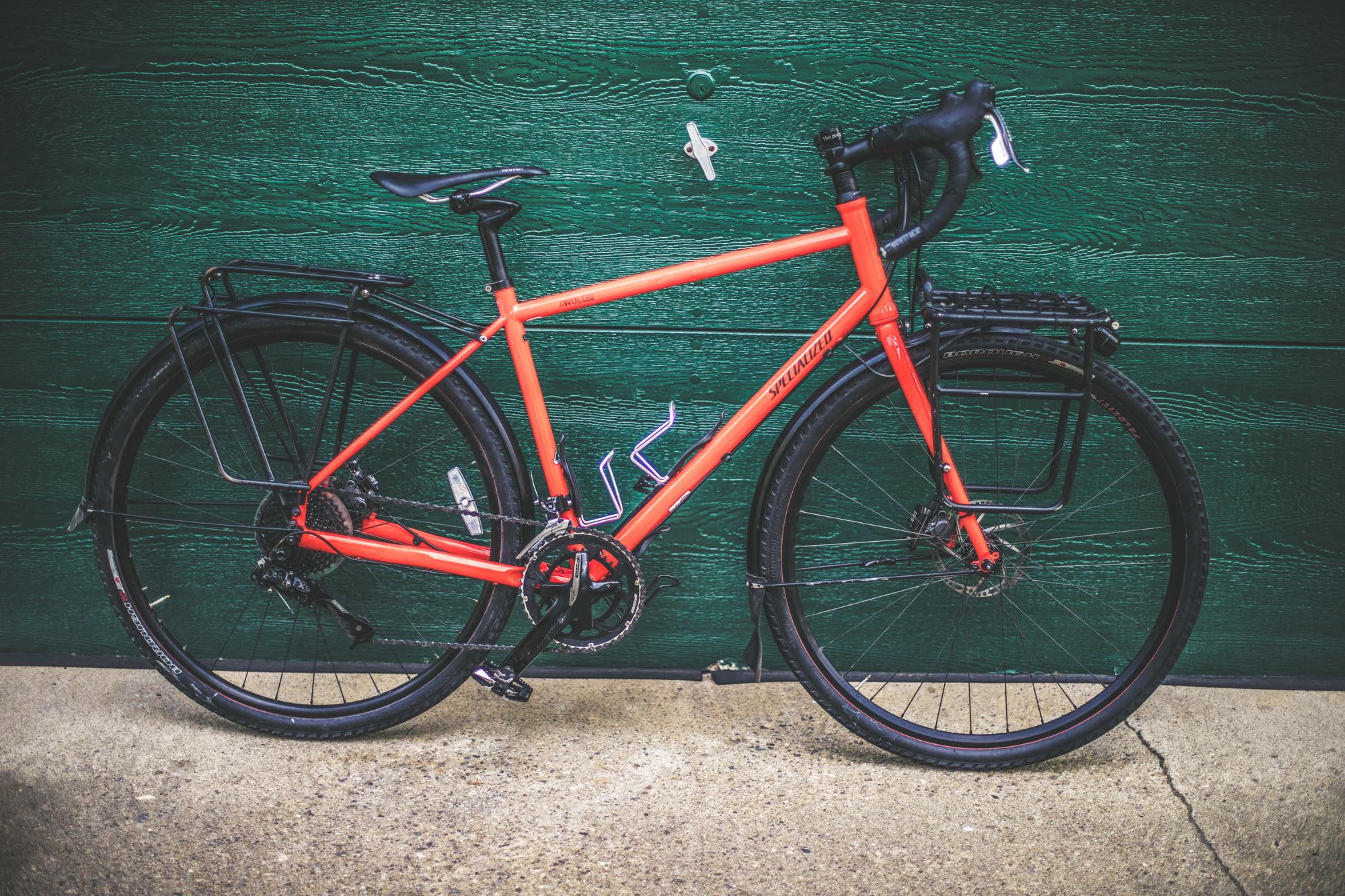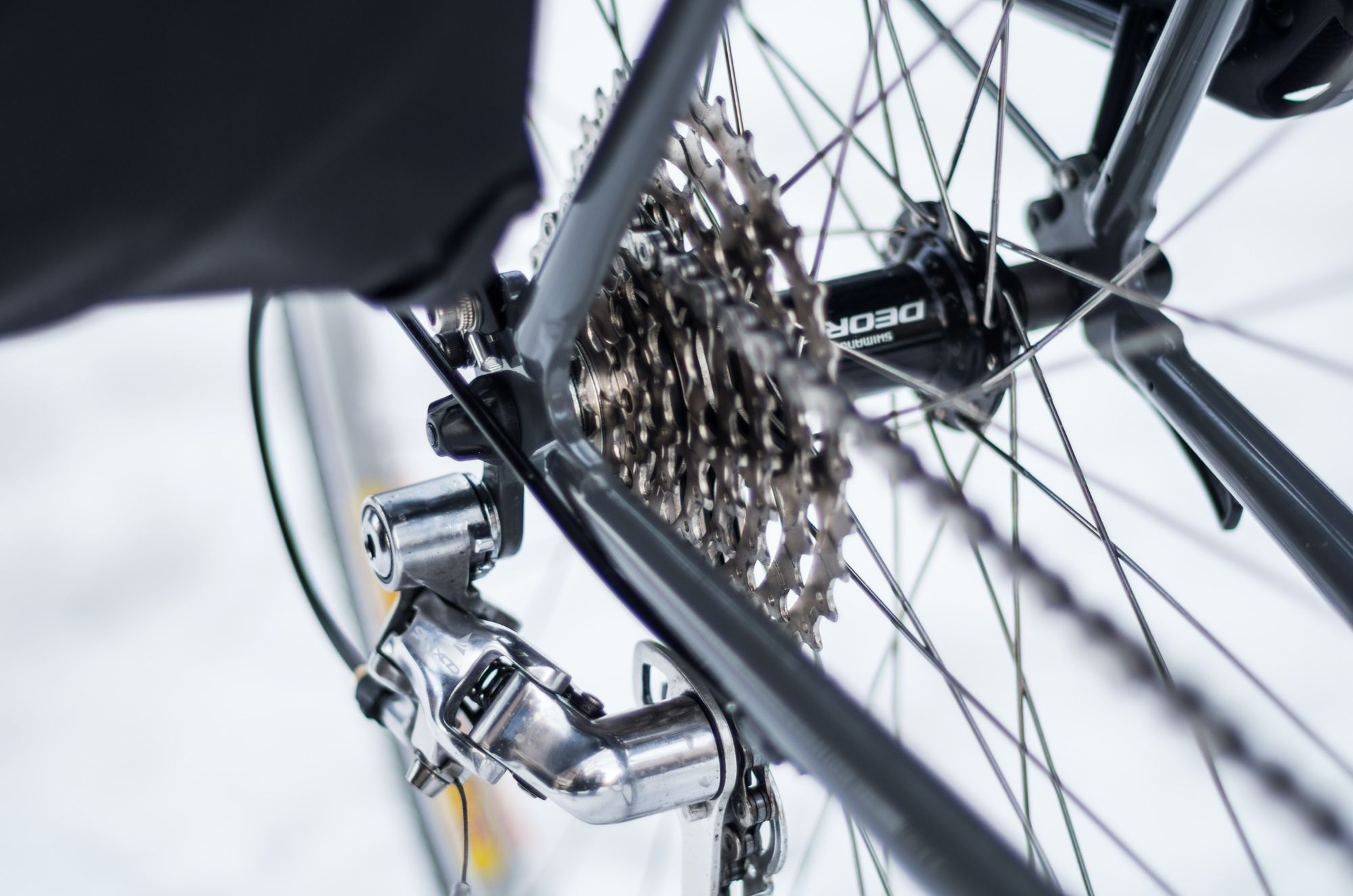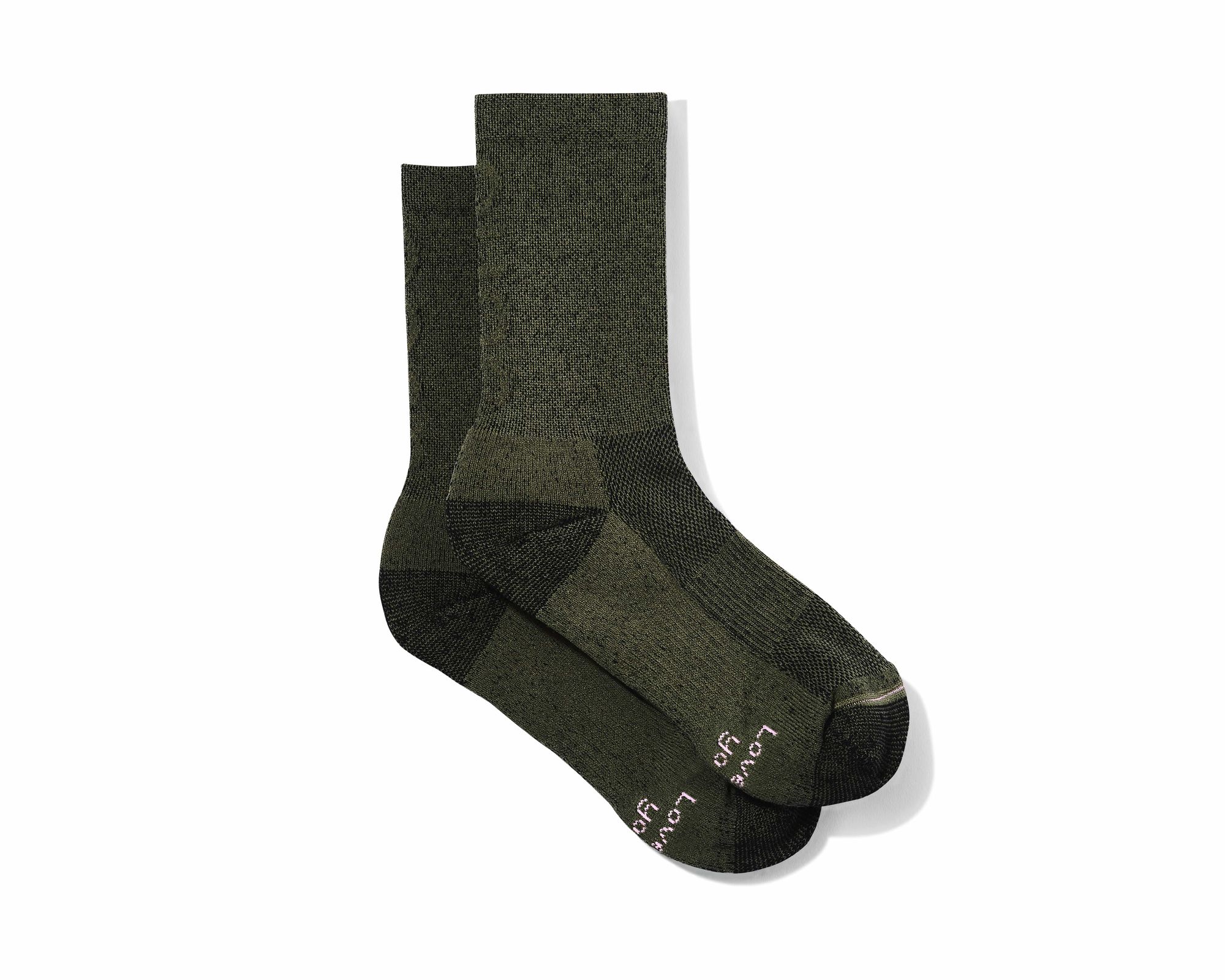Your gears
Your gears are an essential part of your bike, helping you to ride more comfortably and more efficiently. They adjust the resistance of your pedaling and help you to either ride faster or slower.
Bikes will have two or three gear options on the front, with 9, 10, 11, or even 12 gear options on the rear. The left-hand shifter controls the front gears, and the right-hand shifter controls the rear gears. Other bikes may just have gears on the rear with a ‘single ring’ on the front, with some bikes having no gear options at all and are called ‘single speeds’.
The left-hand shifter will make large changes to the gear you're riding in and is best used before a steep hill (to make it easier) or before a descent (to make it harder). The gears on the rear make slight changes so you can find the most comfortable gear for you.
To figure out what your gears do, find a quiet road or field to test out which lever does what. This will give you a good indication of how to use your gears when riding out on the road or trail.

When should I change gear?
When riding your bike you want your gear to feel comfortable, not too hard, and not spinning away like a hamster wheel either. If you're riding in a flat area, where you can ride continuously without stopping (i.e. a bike path), you may find you don’t need to change gear at all. Hooray!
The trick to changing gear is to observe what is ahead of you, this way you can foresee any hills or sudden stops you might have to make, allowing you to change gear with sufficient time. If you come to a set of traffic lights without changing gear first, you’re going to be working your bike and yourself much harder to get going again.
When to change down a gear
- Before going uphill: so you can start the climb in a comfortable gear.
- Before stopping: so you can easily pull away.
- Going into a corner: so you can easily accelerate out of the corner.
- Going into a headwind: to make it easier on your legs.
When to change up a gear
- Going downhill
- Going into a tailwind
- Accelerating up to speed
Gear changing best practices
Avoid “cross-chaining”
Cross-chaining is when the front and rear cogs are opposing i.e. the smallest front gear with the biggest back gear and vice versa. This creates added friction, leading to greater wear and perhaps an annoying sound when you pedal.
Change smoothly
Avoid being forceful with your gear levers. This strains your gear cables and works them harder. Try to be soft on the levers and change one gear at a time.
It also helps to pedal softly as you change gear. Pedaling hard or standing on your pedals will force your gears to change under load, resulting in a nasty noise or perhaps even dropping your chain.
Looking after your gears
Keeping your chain oiled will help your shifting performance, as will keeping your bike clean. When dirt and road debris sticks to your gears it can wear down your sprockets as well as your cables. Luckily enough we’ve written an entire blog post on looking after your gears and protecting your frame.
Join the Club...
You can now join the Laka Club for just £1 per month. Get third-party liability insurance and access to stacks of awesome perks, tailored for cyclists. So, what are you waiting for?






